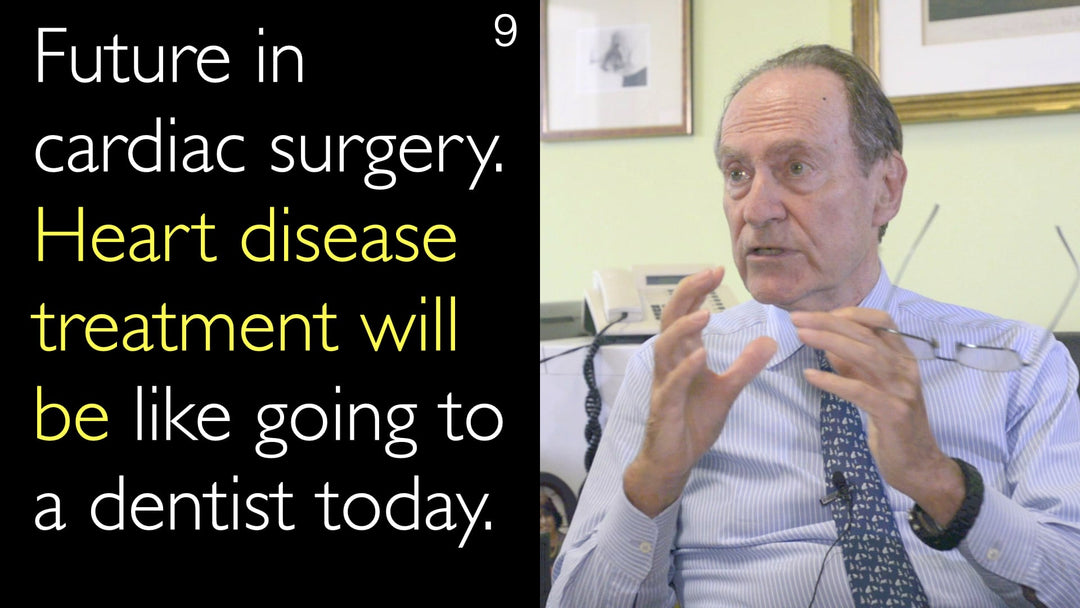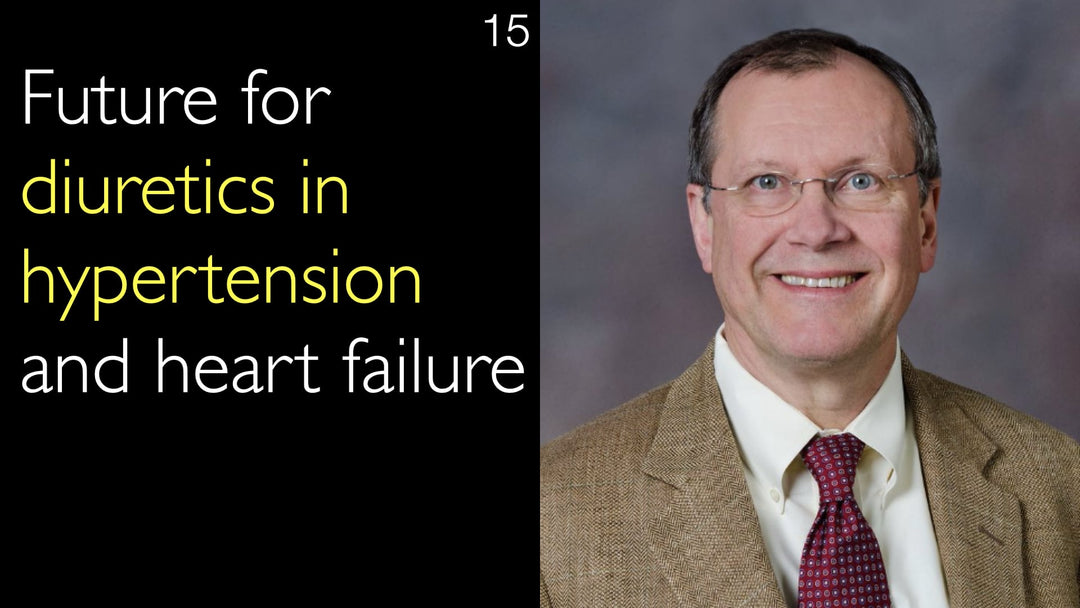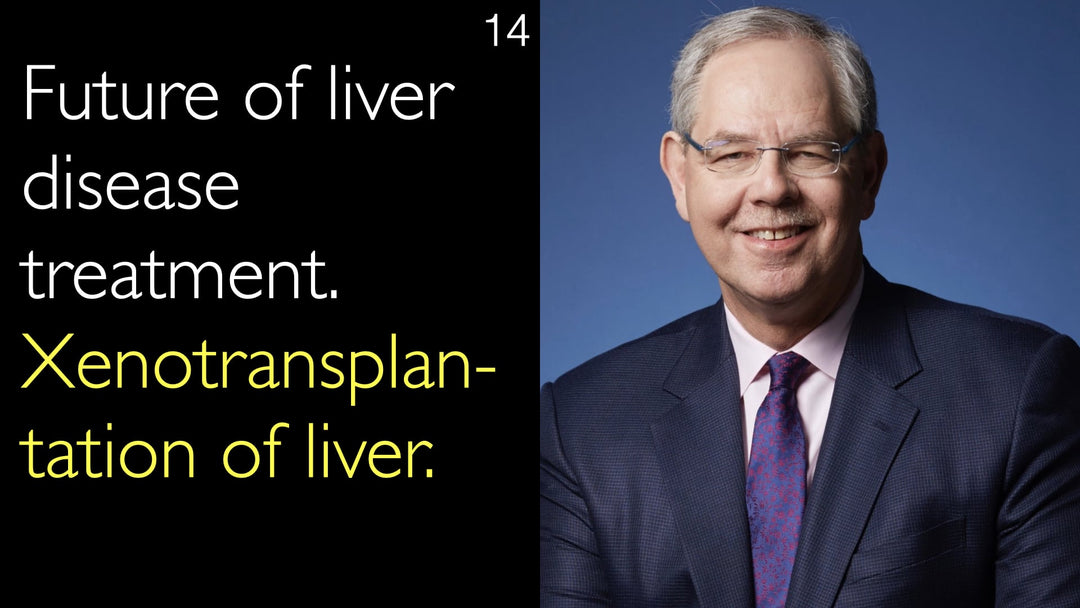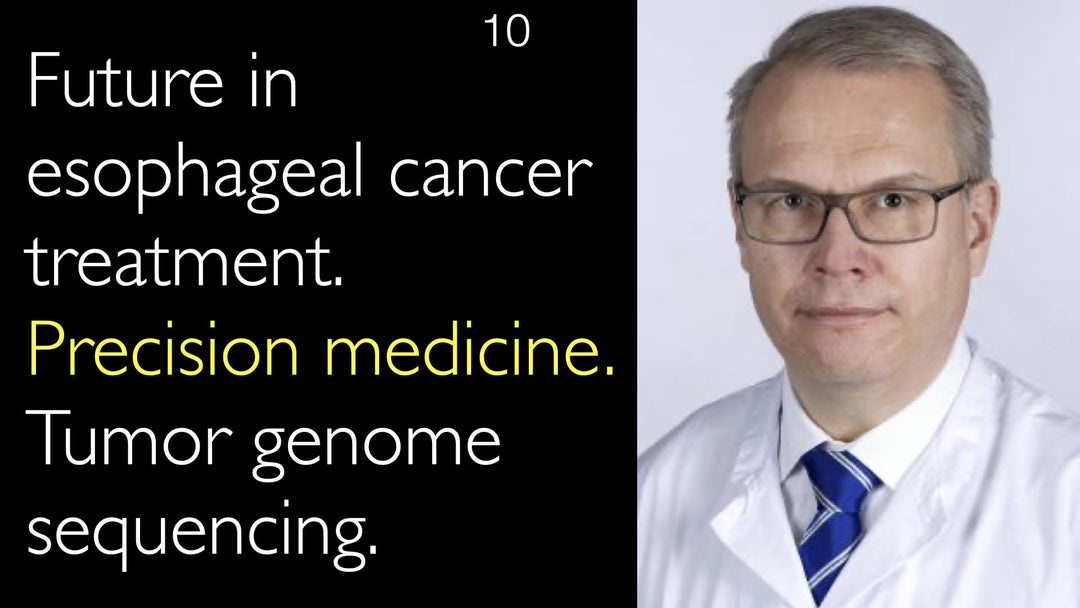Leading expert in cardiac surgery, Dr. Ottavio Alfieri, MD, discusses the future of heart disease treatment, emphasizing less invasive procedures and personalized care. He envisions a time when heart disease treatment will be as routine as a dental visit, with advancements in medical devices and precision surgery. Dr. Ottavio Alfieri, MD highlights the importance of addressing multiple heart conditions simultaneously, using a collaborative approach within heart valve centers to optimize patient outcomes.
Future Advancements in Heart Disease Treatment: A Vision for Routine Care
Jump To Section
- Future of Heart Surgery: Less Invasive Procedures
- Innovative Medical Devices for Heart Disease
- Personalized Heart Disease Treatment
- Precision Surgery in Heart Care
- Comprehensive Treatment for Heart Failure
- Full Transcript
Future of Heart Surgery: Less Invasive Procedures
Dr. Ottavio Alfieri, MD, envisions a future where heart surgery becomes less invasive, akin to a routine dental visit. He predicts that in 10 to 20 years, heart disease treatments will be quick and efficient, potentially completed in a single afternoon. This shift towards minimally invasive procedures aims to enhance patient comfort and recovery.
Innovative Medical Devices for Heart Disease
Dr. Ottavio Alfieri, MD highlights the continuous development of medical devices designed to treat heart disease. Each year, the array of available devices expands, offering more sophisticated and targeted solutions. These innovations are tailored to address specific cardiac conditions, contributing to more effective and individualized patient care.
Personalized Heart Disease Treatment
According to Dr. Alfieri, the future of heart disease treatment lies in personalization. Treatments will be increasingly individualized, catering to the unique needs of each patient. This approach ensures that therapeutic interventions are precisely aligned with the patient's specific cardiac condition, enhancing treatment efficacy.
Precision Surgery in Heart Care
Dr. Ottavio Alfieri, MD, emphasizes the emergence of precision surgery in heart care. This advancement goes beyond precision medicine, offering surgical interventions that are finely tuned to the patient's unique cardiac anatomy and pathology. Precision surgery promises improved outcomes and reduced recovery times for heart disease patients.
Comprehensive Treatment for Heart Failure
Dr. Alfieri shares insights into the comprehensive treatment of heart failure, where multiple cardiac issues are addressed simultaneously. He recalls cases where patients with complex conditions, such as ischemia and arrhythmias, received coordinated care within heart valve centers. This collaborative approach ensures that all aspects of heart failure are managed effectively, leading to better patient outcomes.
Full Transcript
Dr. Anton Titov, MD: Professor Alfieri, what is the future in the surgical treatment of heart disease? What is heart surgery moving towards? What can patients expect to see as treatments in the next five to 10 years?
Dr. Ottavio Alfieri, MD: To foresee the future is obviously difficult. But I can see the situation more or less. The idea is that the toolbox of the therapeutic options is going to increase gradually. Treatments are going to be less invasive. I would say maybe in 10 to 20 years, patients with heart disease could go to have the treatment like today somebody goes to the dentist. Treatment of heart disease takes a very short time, just in one afternoon, for instance. So that is a vision. But I think that probably this is the direction of heart disease treatment.
There are more and more medical devices for heart disease treatment.
Dr. Ottavio Alfieri, MD: Exactly! As I told you, the toolbox every year will be more sophisticated. There will be more devices invented. Devices will be designed for just specific situations, and so on. The treatment will be more and more personalized, more and more individualized. Heart disease treatments will just respond to the individual needs of the individual patient.
Dr. Anton Titov, MD: So not just precision medicine, but precision surgery is coming to all patients. Exactly! Is there a patient story that you could discuss that perhaps illustrates some of the topics we talked about today?
Dr. Ottavio Alfieri, MD: I think that probably the most important aspect is what we mentioned before. When a patient can have many problems altogether, for instance, typically it is a patient with heart failure. To be able to identify all the components of heart failure is crucial to have a very good result of treatment. I can recall patients that have been very impressive for me. Those patients could receive many treatments together in the context of a heart valve center. They had all the pathophysiological components of heart failure solved.
I mentioned patients with ischemia, myocardial hibernation, myocardial stunning, arrhythmias, dilatation of the heart ventricle, dyskinesia. All these things can be treated altogether. I think that this is a very good example of something that can be done today. All these patients are treated by physicians that cooperate effectively within the heart team and within a heart valve center.
It is very important to have multiple abnormalities and symptoms and pathophysiology treated at the same center. Treatment may involve perhaps several procedures, but all problems are addressed in one place.







